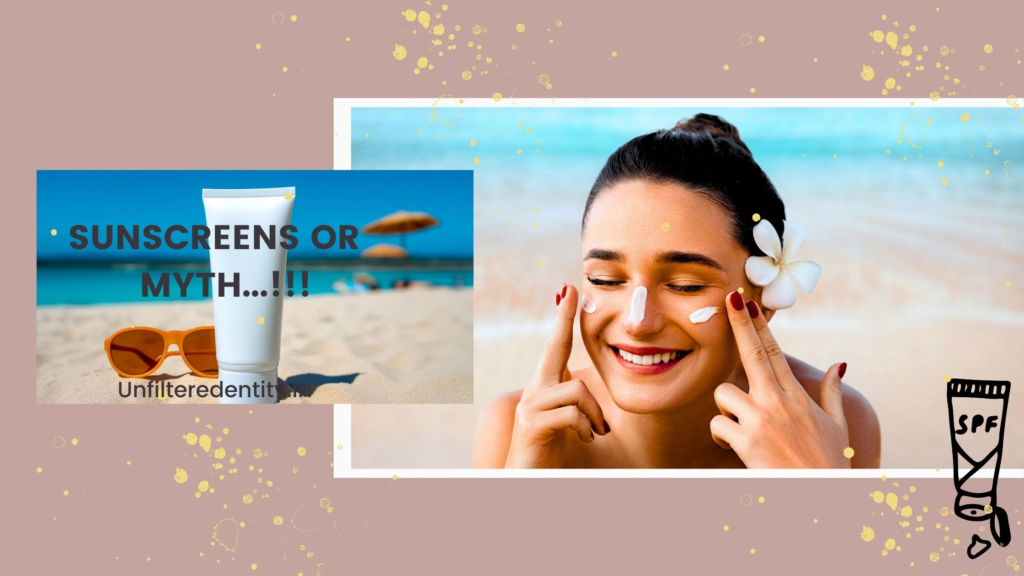
Hi there..!
It seems a small topic but nowadays its trendy, crucial, necessary & high time to know more about Sunscreens.
Before I tell you more about the above, first I have to say I had have never skipped my skin care routine ( I have a lazy easy routine) even when I travel; atleast the best bare minimum I always do is to reapply sunscreen.
What is sunscreen actually?
Sunscreen is actually a topical product which is designed to protect the skin from the harmful effects of ultraviolet (UV) radiation that comes from the sun.
How it works?
The product comes as physical & chemical sunscreens. Physical sunscreen reflects the UV rays & chemical sunscreen works by absorbing the UV rays and dissipate UV radiation before it can damage the skin. Thus it reduces harmful rays from penetrating into the skin.
What are ultraviolet (UV) rays?
UV rays are the segment of broad radiation that actually comes from the sun towards the earth. UV rays are invisible to the human eye and are categorized into three types based on their wavelength:
- 1. UVA (320-400 nm): It passes effortlessly through the ozone layer has longer wavelength & penetrates into the dermal layers of our skin & stimulate melanin synthesis.
- It is most responsible for immediate tanning or darkening of skin due to excess production of melanin in the epidermis & also causes premature aging & wrinkles.
- UVA rays can indirectly contribute to DNA damage by generating reactive oxygen species (ROS) that can also harm DNA.
- 2. UVB (290-320 nm): They are the main cause of sunburn, they are 1000 times more capable than UV-A.
- UV-B rays vary with time & season & the major cause of sunburn. The Sunburnt skin is the major risk factor for melanoma (dangerous type of skin cancer) & non melanoma skin cancers.
- UVB rays are primarily responsible for direct DNA damage by causing changes in the DNA structure, which can lead to mutations eventually lead to skin cancer.
- 3. UVC (200-280 nm): UVC rays are the shortest wavelength & the most dangerous sun rays of all. They are blocked by the ozone layer & cannot reach the Earth.
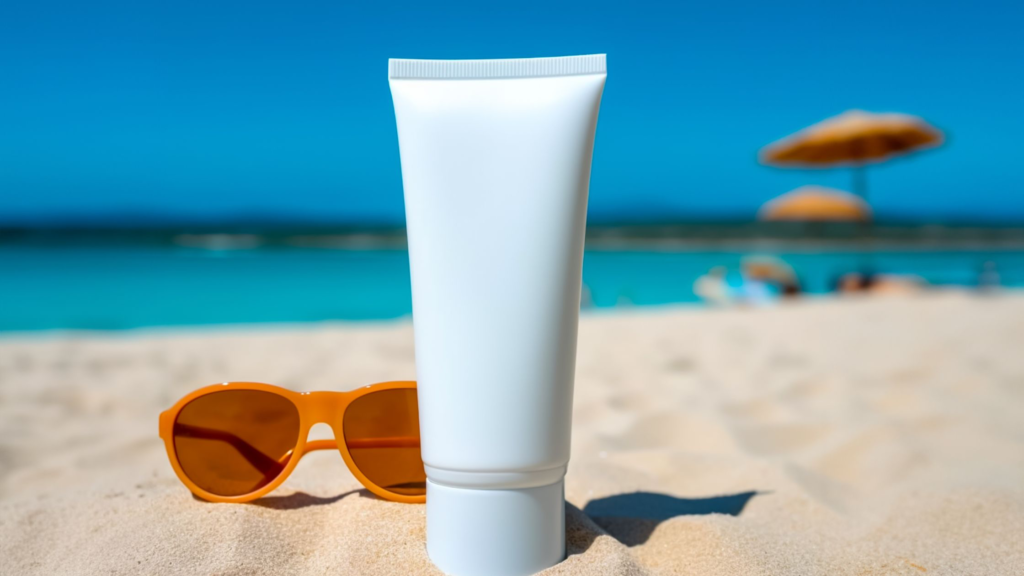
Don’t skip the sunscreen
What to look on a sunscreen?
Look for SPF (SUN PROTECTION FACTOR) & PA (THE PROTECTION GRADE OF UVA) .
SPF is globally accepted scale to estimate a sunscreen’s protective action. It protect your skin from UVB rays, the type of radiation that causes sunburn, skin damage (including melasma, different types of pigmentations) and contributes to skin cancer. The SPF number on a sunscreen bottle indicates the level of protection it offers against UVB rays.
What SPF means:
- SPF 15: Filters out approximately 93% of UVB rays.
- SPF 30: Filters out approximately 97% of UVB rays.
- SPF 50: Filters out approximately 98% of UVB rays.
NOTE: when to look for sunscreen along with SPF do look for UVA protection that is PA+++ rating also.
The higher the SPF number, the greater the protection, but it’s important to note that no sunscreen can block 100% of UV rays.
The protection grade of UVA (PA) system is to measure the UVA protection that a sunscreen provides.
The PA system uses plus signs (+) to indicate increasing levels of UVA protection.
There are 4 grades:
- PA+: Some protection against UVA rays.
- PA++: Moderate protection against UVA rays.
- PA+++: High protection against UVA rays.
- PA++++: Very high protection against UVA rays.
This rating system complements the SPF (Sun Protection Factor) rating, which primarily measures protection against UVB rays.
So when buying a sunscreen lotion/cream/gel, one must consider the SPF as well as PA rating.
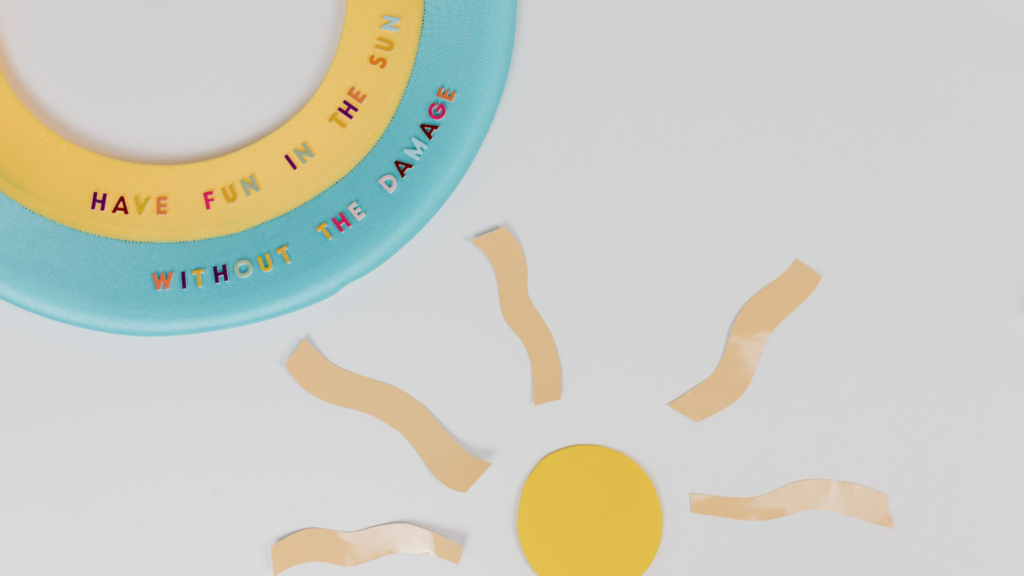
TIPS:
- Avoid direct contact with the Sun throughout the day as much as possible & seek shade during peak UV radiation hours between 10am to 4pm.
- Wear sun protective clothings, hats, sunglasses & carry umbrella.
- Apply the Right SPF: Select a broad-spectrum sunscreen with an SPF of at least 30 or higher with PA+++rating on the exposed skin before stepping out.
- Apply Generously with 2 finger rule over face and neck.
- Reapply sunscreen every 3-4 hours or immediately after swimming, sweating heavily, or towel drying. Even “water-resistant” sunscreens lose their effectiveness after swimming or sweating.
- Avoid Tanning Beds: UV radiation from tanning beds can be as harmful as UV radiation from the sun.
- Regularly examine your skin for any changes in moles, freckles, or new growths. See your dermatologist if you notice any concerning changes.
- Educate yourself & others on protection of skin & hazards of sun radiations.
Myth to be Bust:
- Sunscreen can cause vit.D deficiency: Early morning 20min exposure to sun is more then enough to convert 7-dehydrocholesterol which is present in the skin to converted it into previtamin D3. And people can still obtain sufficient vitamin D through diet.
- Sunscreen can make you darker: choose a right sunscreen according to your skin type. If you have sensitive skin go for physical sunscreen, chemical sunscreen might be irritative to sensitive skin people & can cause a little burning sensation. So choose according to your type.
- Sunscreen work instantly: No it does not. Apply any sunscreen physical or chemical 20mins before stepping out of the door.
- You don’t need sunscreen on cloudy days: UV rays can penetrate clouds, and significant UV exposure can still occur on overcast days. So, it is wise to wear sunscreen daily, regardless of the weather.
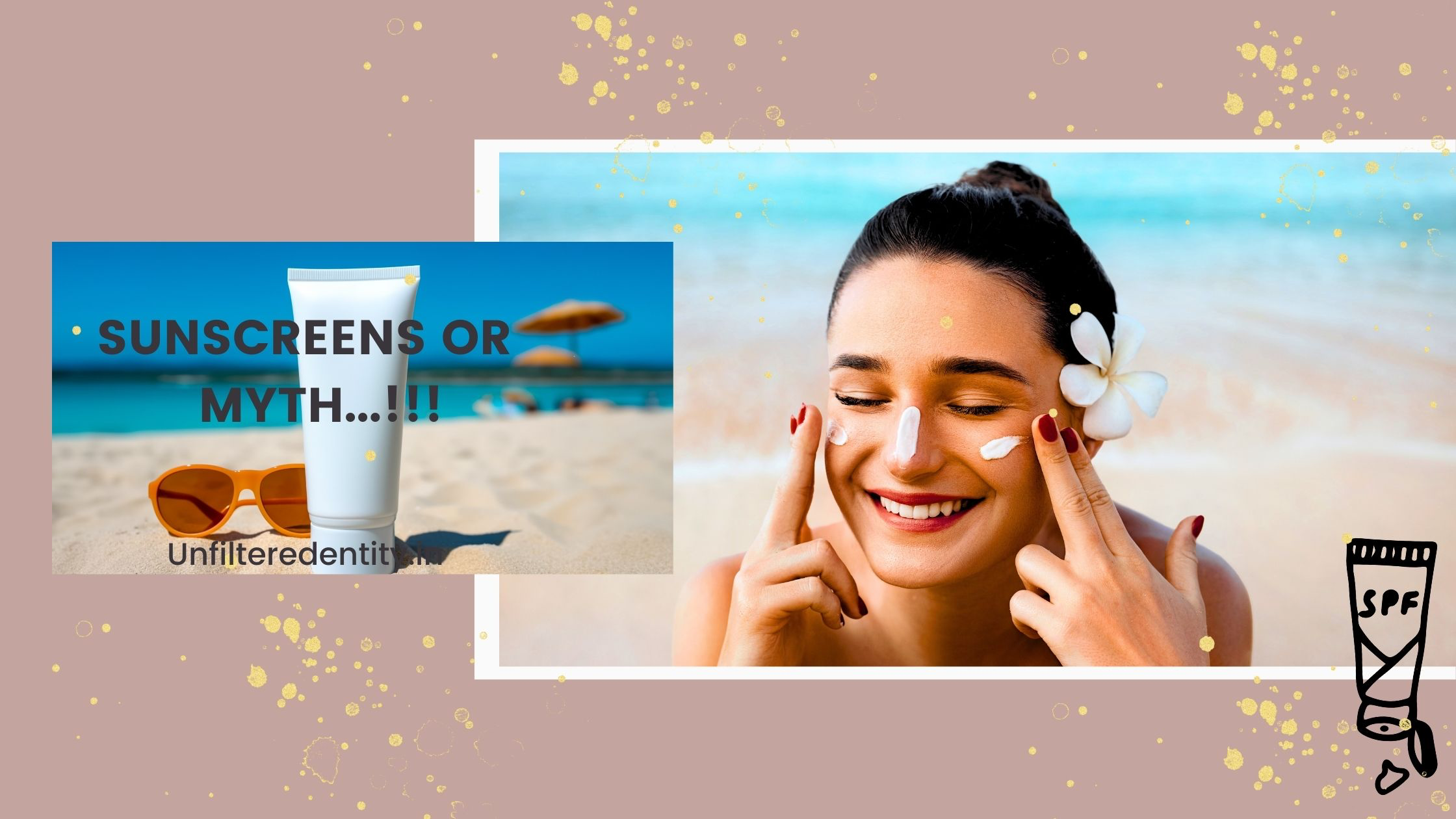





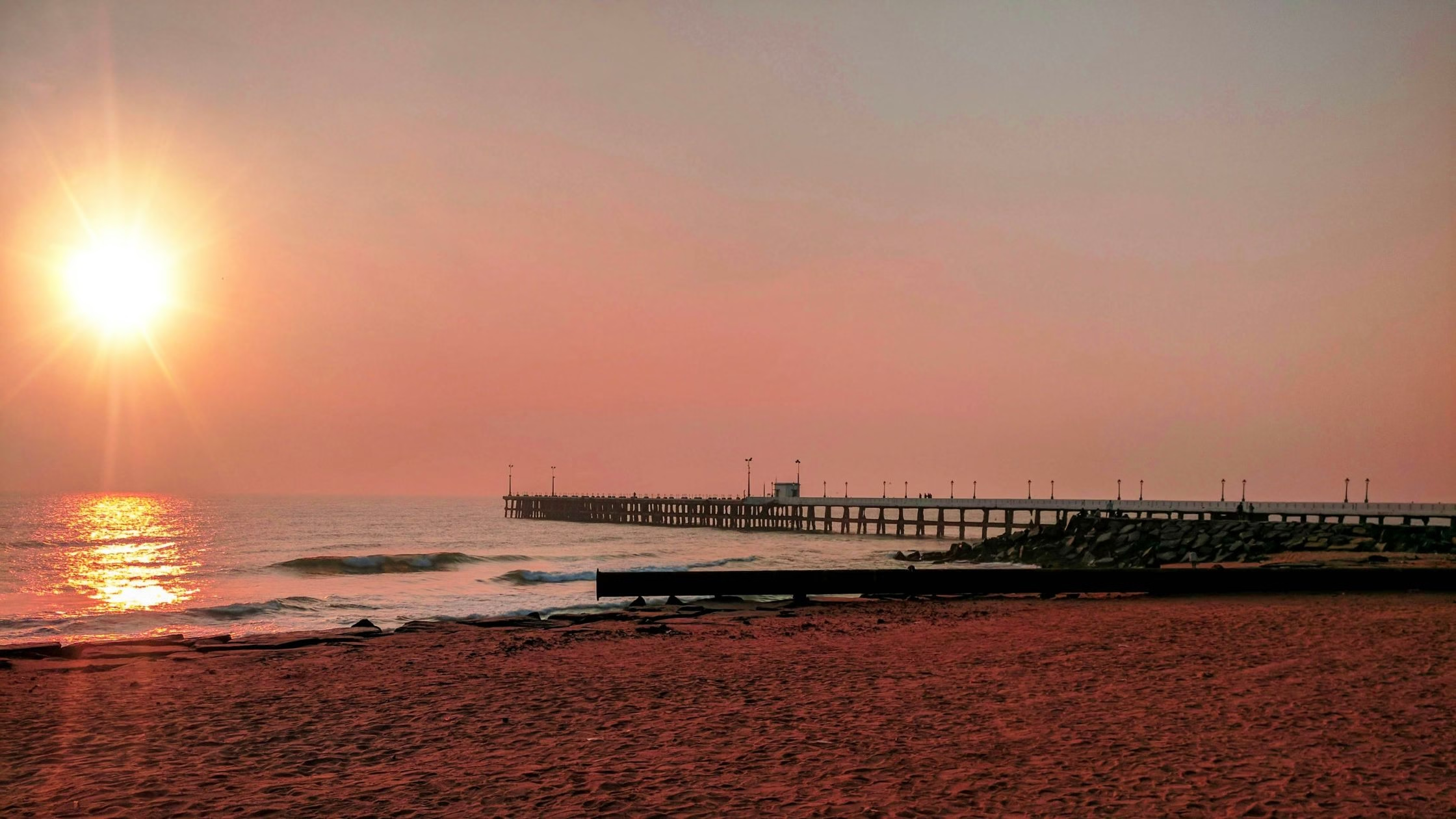




Leave a Reply